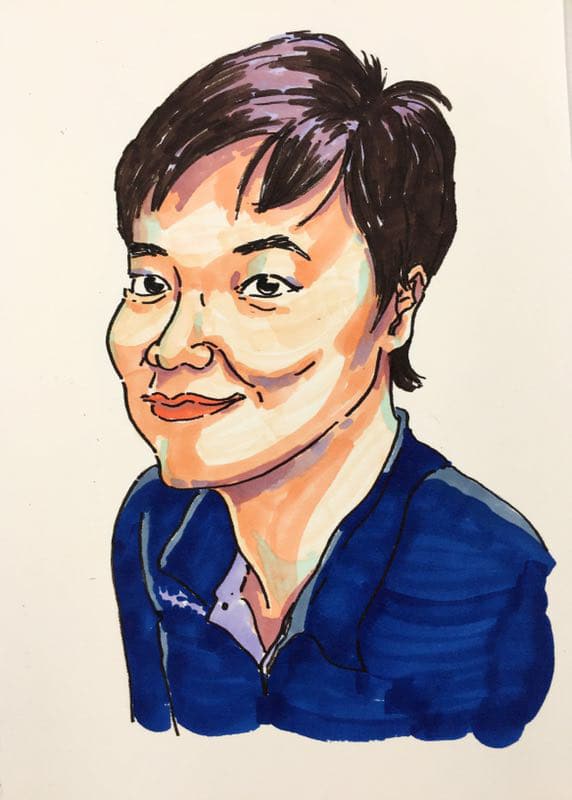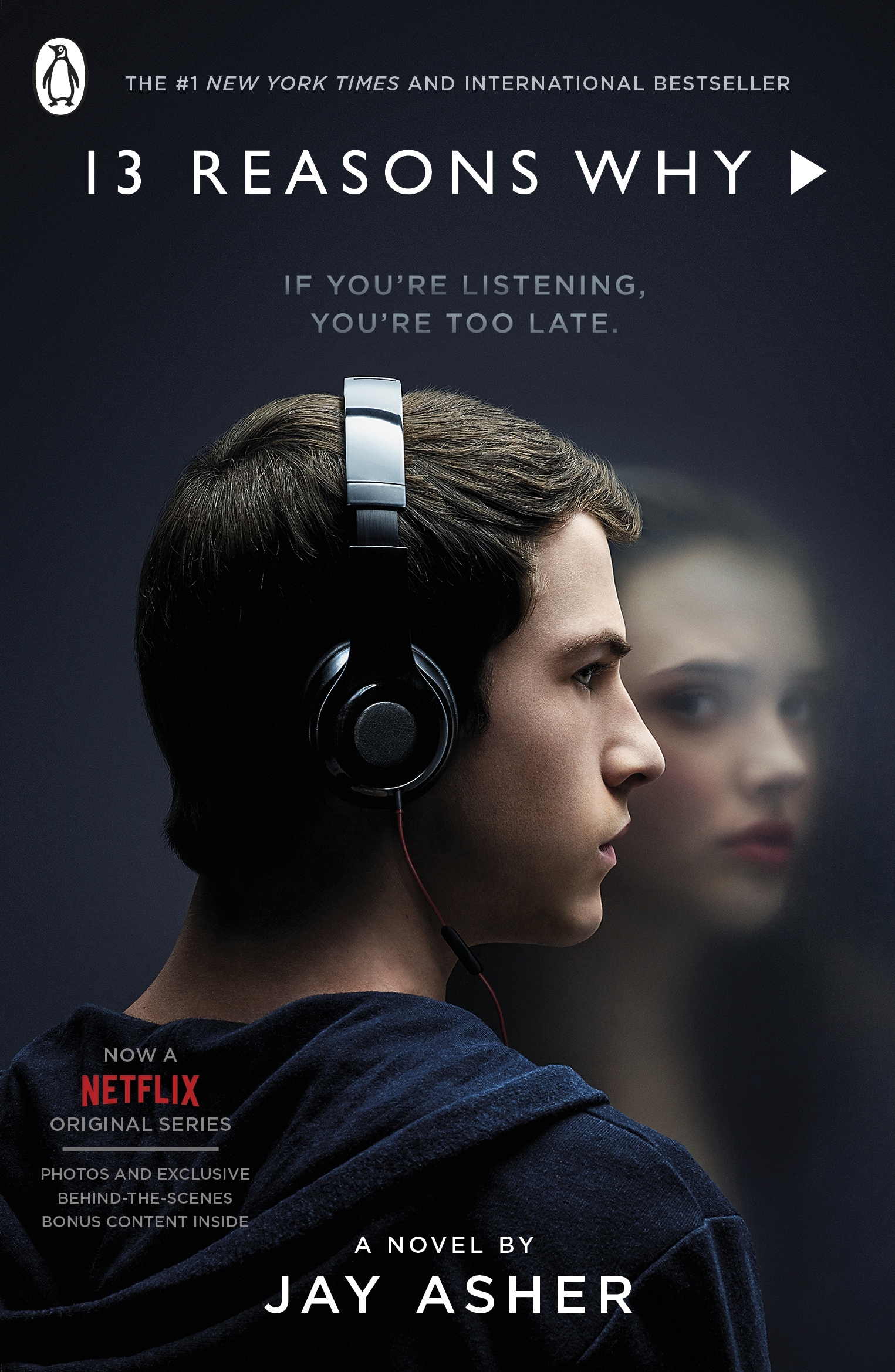"There is not any remarkable plot twist—all the events and actions building up to the day Hannah kills herself are what you could imagine about bullying in high school—but the suspense will keep you turning pages to find out what happens next to the doomed protagonist.."
Imagine this scenario: You return home one day and find a package waiting for you. Inside you will find seven cassette tapes recording the last words of your friend—who has recently committed suicide—and the 13 reasons leading to his or her death.
It's quite a haunting experience, isn't it? But it is just the beginning for high-school student Clay Jensen to solve the puzzle why his classmate and crush Hannah Baker has killed herself. Mesmerized by her cool voice and impeccable storytelling skills, Clay gradually gets a fuller picture of who she was and what she had been going through until the end.
This is the young adult novel, Thirteen Reasons Why, which was published in 2007 by American writer Jay Asher. Albeit a less modern setting (the social media is basically non-existent in the story), it has resonated across different types of readers throughout the years. Building on the success of the past decade, this tale of bullying and teen suicide has recently been adapted by Netflix into a 13-episode television program with pop star Selena Gomez serving as the show's executive producer.
While it comes as no surprise that stories of star-crossed lovers, such as John Green's The Fault in Our Stars and Stephenie Meyer's vampire-romance series Twilight, are popular among teenagers, their enthusiasm on tales like Thirteen Reasons Why might be hard to apprehend at first sight. "Death and dying has always been a popular theme for kids," Josalyn Moran, vice president for children's books at Barnes & Noble, said in an interview with The New York Times about the popularity of Asher's debut novel. "Kids like to read about situations that are worse than theirs and figure out that 'O.K., my life isn't so bad.'"
What has also hit home is that the readers—not only limited to those graduated from high school in the United States—could relate to the characters in the story. "I wanted people to trust me, despite anything they'd heard. And more than that, I wanted them to know me. Not the stuff they thought they knew about me," says Hannah when facing widespread rumors of her relationships with boys. Don't we all share similar feelings at least at one point of our life? That our self-identity is shaped by others' perspectives of us: we want to be seen, we want to be understood, and we want to be valued.
There is not any remarkable plot twist—all the events and actions building up to the day Hannah kills herself are what you could imagine about bullying in high school—but the suspense will keep you turning pages to find out what happens next to the doomed protagonist. More importantly, the novel invites readers to reflect on the consequences of their actions on others. The cruelty bestowed on Hannah is taken in the form of mental abuse rather than physical violence: the public discussion about her sexual activity, her body and her lifestyle. These make you wonder the light-hearted jokes or pranks you make on others might lead to implications that are beyond your imagination and control. As Hannah simply puts it, "You don't know what goes on in anyone's life but your own. And when you mess with one part of a person's life, you're not messing with just that part. Unfortunately, you can't be that precise and selective. When you mess with one part of a person's life, you're messing with their entire life. Everything... affects everything."
While some praise the novel for its straightforward depiction of the daily life of high school, some argue the nearly-300-paged book glorifies suicide: youngsters will only be noticed and valued after harming themselves. In other words, the novel is controversial. But it's undeniable that it encourages debates about teen suicide and the mental health problems they suffer that are often regarded as taboos in the society—and that some might simply dismiss and hope the troubled teens to be empowered on their own. Make no mistake, it's the ultimate decision of Hannah to end her life, but her story might have changed if someone could provide help, or had she actively sought for help when she was in need. Thus, it is of paramount importance for us to look for signs of depression and suicidal thoughts in others, in particular in the fast-paced world we live in today.
"Basically, even though Hannah admits that the decision to take her life was entirely her own, it's also important to be aware of how we treat others," described Jay Asher about a message he wants the readers to get from the book. Regardless of whether you are a teen or an adult, or you have studied in the States or elsewhere, this book could offer you a fresh perspective on the matter.



